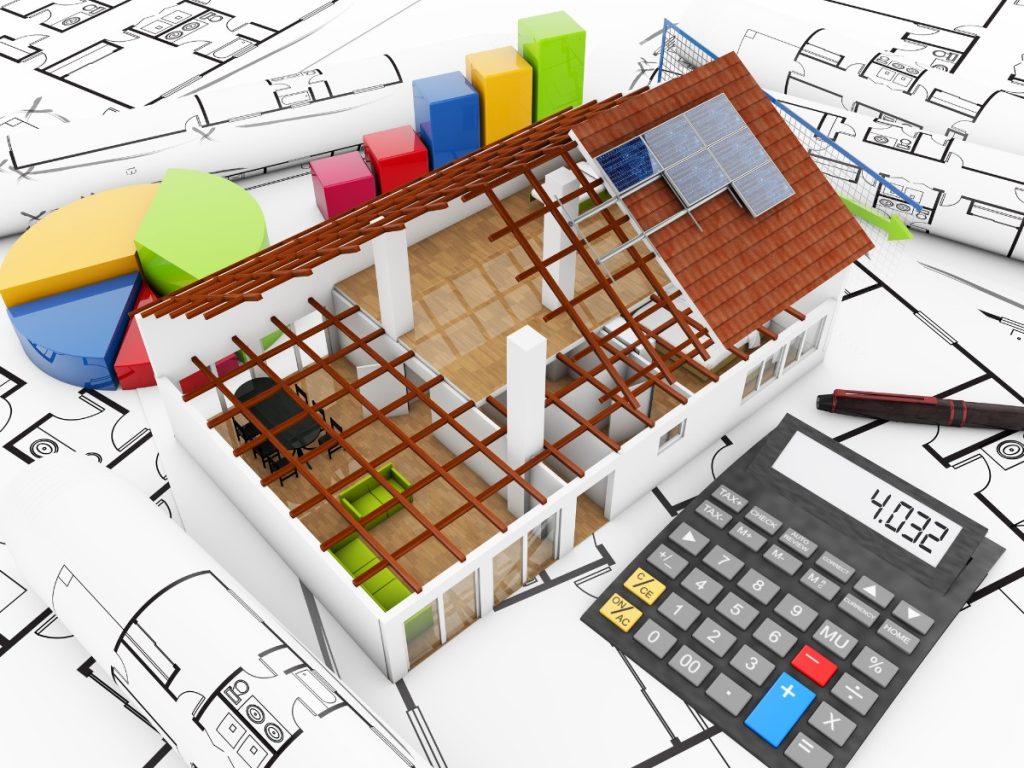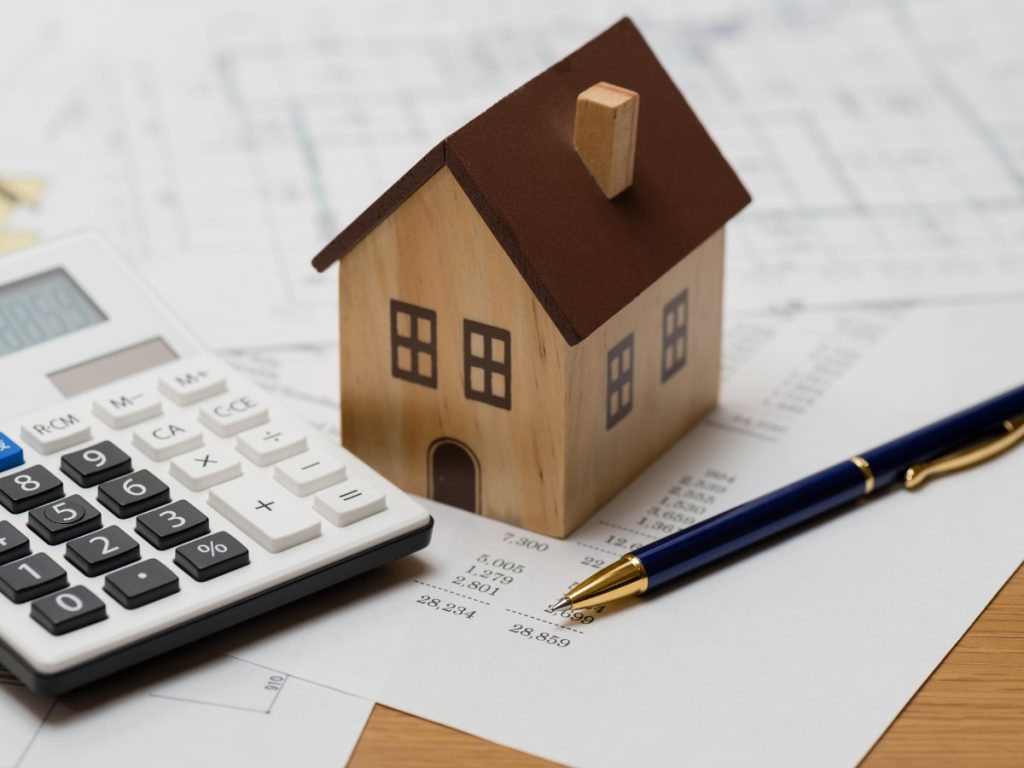Delve into the complexities of construction costs in Los Angeles as we guide you through the essential information you need. As you venture into the construction world in this bustling city, it’s crucial to understand the nuances and critical factors that can significantly impact the overall project expenses.
From material prices to labor costs, permit fees, and unexpected contingencies, navigating the landscape of construction costs in Los Angeles requires careful consideration and strategic planning. However, with the proper knowledge and approach, you can leverage the unique opportunities of the market and make informed decisions that help you achieve your construction goals within budget.
Factors Affecting Construction Costs in Los Angeles
Several vital factors you should be aware of affect the construction cost in Los Angeles. Understanding these factors can help you make informed decisions when planning your construction project. The location and size of your project, labor costs, and the current market conditions are some of the main factors that can significantly impact the overall cost of your construction project.
- The location and size of your project can have a significant impact on construction costs.
- Labor costs in Los Angeles are typically higher than in other parts of the country.
- Current market conditions, such as the availability and cost of materials, can affect construction costs.
This guide on How Much Does it Cost to Build a House in Los Angeles? provides detailed information on the various factors that can impact construction costs in Los Angeles.
Labor Cost and Syndrome
Los Angeles’s labor costs are among the country’s highest due to the high demand for skilled workers and strict labor regulations. You may also experience delays in construction due to the labor shortage in the area, which can impact your project timeline and budget.
Material Costs and Its Variability
Material costs in Los Angeles can vary significantly depending on the type of materials you choose and the supplier you work with. The fluctuating cost of raw materials such as steel, lumber, and concrete can also impact your construction budget. It’s essential to carefully consider your material choices and work with a reputable supplier to minimize cost overruns.
How to Estimate Construction Costs in Los Angeles
Despite the high construction cost in Los Angeles, it is essential to accurately estimate costs to ensure your project stays within budget. Estimating construction costs can be a complex and time-consuming process, but it is crucial for the success of any construction project. You need to consider various factors, including labor, materials, permits, and unexpected expenses. Here’s everything you need to know about estimating construction costs in Los Angeles.
Basics of Cost Estimation
When estimating construction costs, it is essential to start by understanding the basics of cost estimation. This includes breaking the project into various components and understanding the associated costs. This involves identifying all the materials and labor needed for the project and any other expenses such as permits, inspections, and insurance. You will also need to consider the cost of any unforeseen circumstances that may arise during the construction process.
Calculating Labor and Material Costs
Calculating labor and material costs is a critical part of estimating construction costs. You will need to obtain quotes from various subcontractors and suppliers to determine the cost of materials and labor. It’s important to factor in potential price fluctuations and labor shortages, as these can significantly impact your budget.
Accurate and competitive bids are essential for ensuring you have a realistic estimate of your project’s costs. You should also consider the suppliers’ and subcontractors’ quality and reputation, as choosing lower-quality materials or inexperienced labor may result in additional costs down the line.
Tips to Manage and Reduce Construction Costs
Lastly, when it comes to managing and reducing construction costs for your project, there are several strategies you can implement to stay within your budget. Here are some essential tips to help you manage and reduce construction costs:
- Utilize cost-effective materials and construction methods
- Regularly review and update your project budget to track expenses
- Collaborate with a skilled and experienced construction management team
- Consider value engineering to optimize your design without sacrificing quality
- Explore alternative financing options to fund your project
Perceiving the average price per square foot for construction costs in Los Angeles these days? Visit Ang price/sqft construction costs in Los Angeles these days?
Best Practices in Construction Cost Management
When managing construction costs, it’s crucial to focus on accurate cost estimation, effective budget control, and proactive risk management. You should also prioritize open communication and collaboration among all project stakeholders to ensure everyone is aligned with the project’s goals and budget.
Innovations and Strategies for Cost Reduction
Embracing innovative construction techniques, such as modular construction and prefabrication, can significantly reduce both time and costs for your project. Additionally, implementing sustainable design practices and energy-efficient systems can lead to long-term cost savings while promoting environmental responsibility.
Case Studies
Now, let’s look at some real-life examples of construction costs in Los Angeles. Here’s a detailed list of case studies with numbers and data:
- Case Study 1: A residential construction project in downtown Los Angeles costs approximately $300 per square foot, including material and labor costs. The project required extensive permitting and compliance with California building codes, contributing to the overall expenses.
- Case Study 2: A commercial building development in West LA incurred over $500 per square foot costs due to the high demand for skilled labor and specialized materials in the area.
- Case Study 3: A renovation project in Hollywood Hills saw costs escalate to $700 per square foot due to unforeseen structural issues and the need for extensive customization.
Examples of Construction Project Costs in Los Angeles
When planning your construction project in Los Angeles, it’s crucial to consider real-life examples of construction project costs in the area. Location, project size, and materials can significantly impact your overall expenses. For instance, a residential construction project in downtown Los Angeles may cost approximately $300 per square foot. In comparison, a commercial building development in West LA could incur over $500 per square foot costs. Understanding these examples can help you prepare a more accurate budget for your project.


Q: What factors influence construction costs in Los Angeles?
Construction costs in Los Angeles are influenced by several factors, including the location of the project, the size and scope, the current labor and material prices, and any additional permits and regulations required in the city. Market conditions, such as supply and demand for construction services, can also impact the overall cost of a construction project in Los Angeles.
Q: How can I estimate construction costs for my project in Los Angeles?
Estimating construction costs in Los Angeles requires a thorough understanding of the project scope, material requirements, labor costs, and local regulations. Utilizing a detailed cost-estimating process, including obtaining bids from contractors and suppliers, can help provide a more accurate estimate of construction costs. Working with experienced professionals familiar with the Los Angeles market is essential to ensure realistic cost projections.
Q: What are some cost-saving strategies for construction projects in Los Angeles?
To save on construction costs in Los Angeles, consider value engineering, which involves finding alternative materials or construction methods that provide the same functionality at a lower cost. In addition, careful planning and project management can help minimize delays and unexpected expenses. Leveraging sustainable and energy-efficient design practices can also result in long-term cost savings through reduced operational expenses.

